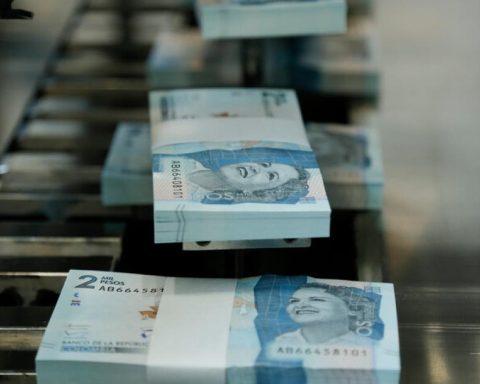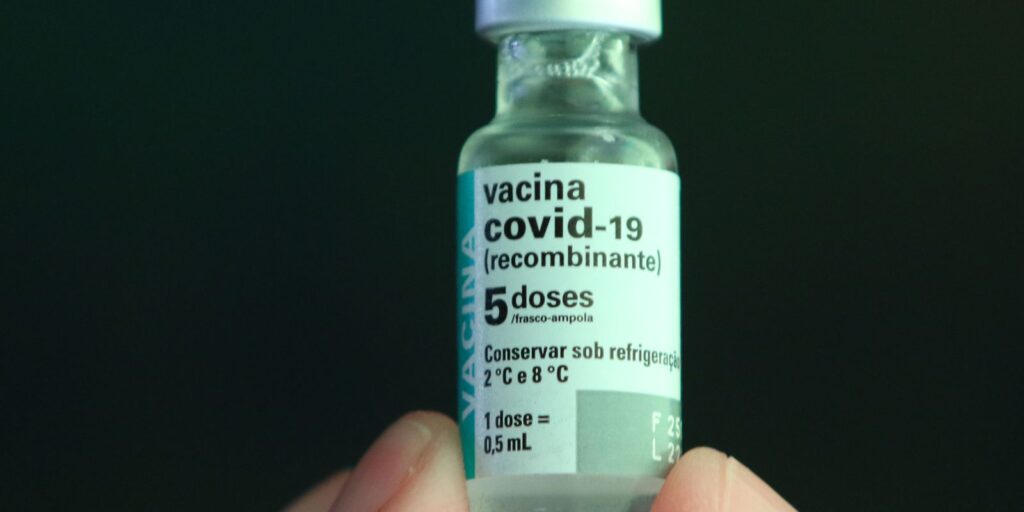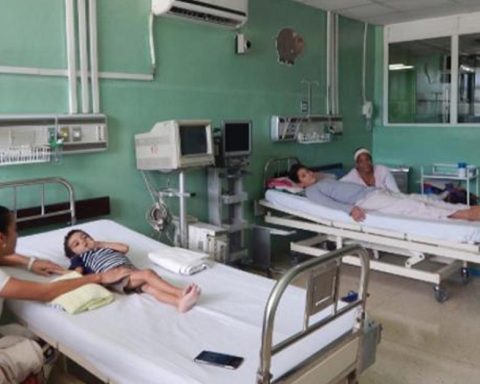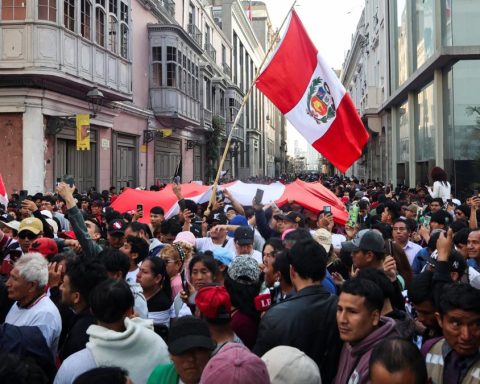As a result of the pandemic, and in the face of the pressures that companies have been facing, the National Government came to the rescue and in the last two years has undertaken multiple support programs as lifesavers for company finances, but above all, with the objective from preserve formal jobs. So much so that, between six official initiatives, more than $8 billion have been injected into companies, according to figures from the Pension and Parafiscal Management Unit (Ugpp).
(Read: Project seeks to increase resources for migrants).
Of them, the one that has had the greatest amount of resources is the Formal Employment Support Program (PAEF), with $7.4 billion. This was implemented in May 2021 to support the country’s productive sector in its payrolls, and as of April 2021 payrolls it focused exclusively on micro and small businesses.
Between May 2020 and March 2021, the Ugpp received 930,091 requests, 142,999 employers benefited and 4.15 million workers were protected. $6.8 billion was invested for them. In micro and small businesses, the subsidy supported the payroll of 49,636 employers, which helped protect 452,305 jobs and $698,378 million were allocated for this type of company.
At the same time, other complementary programs came along with the same purpose of protecting formal employment: the Service Premium Payment Support Program (PAP) and the Support program for companies affected by the National Strike, that was approved in the tax reform last year.
In the first, the government contributed $289,506 million to 95,307 employers, for 1.04 million jobs, while on the other hand 12,684 employers who were affected by the strike with 20% drops in their income received a subsidy for the payment of their workers’ salaries corresponding to May and June 2021. In total 441,726 employees benefited and $107,000 million were contributed.
In addition, in 2020, the Government also launched a program of ‘Assistance to Workers on Contract Suspension’, when it was observed that companies sent people on unpaid leave or make contract suspensions. With this program, according to the Ugpp, 241,359 workers were sheltered, and it had a cost of $57,998 million. All these programs have already completed their coverage.
“While they were in force, the employment protection programs benefited around 146,000 employers, with subsidies to pay the payroll of more than 4.3 million employees”, highlighted Ana María Cadena Ruíz, General Director (e) of the Ugpp.
(Besides: Covid vaccination will be integrated into the Expanded Program of Immunizations).
NEW JOBS
In addition to the programs formal employment protection, The Government has also focused on giving incentives to companies to generate new jobs.
In 2021, the Youth Employment Support Program was born, initially through the ‘Shake Yourself Strategy’, and later it was expanded and became the Incentive for the Generation of New Employment, which will be in force until 2023.
This subsidy includes a support of 25% of a minimum wage to companies for hiring people under 28 years of age, 15% if women over 28 are hired, and 10% for including men over that age on their payroll.
According to the balance of the Government, to date, these programs have generated 370,140 new jobs with an investment of $180,849 million. According to the director of the Ugpp, of these, 77% have been jobs for young people between 18 and 28 years old.
(Besides: 31% of PGN was assigned during the first quarter).
“It is expected that by the end of the government, around 600,000 new jobs will be generated, of which more than 400,000 correspond to jobs for young people”, highlighted Cadena, who said that there are companies that have benefited from various programs.
LAURA LUCIA BECERRA ELEJALDE
















